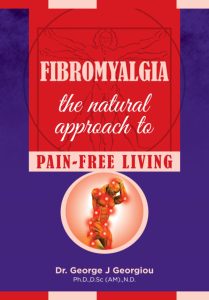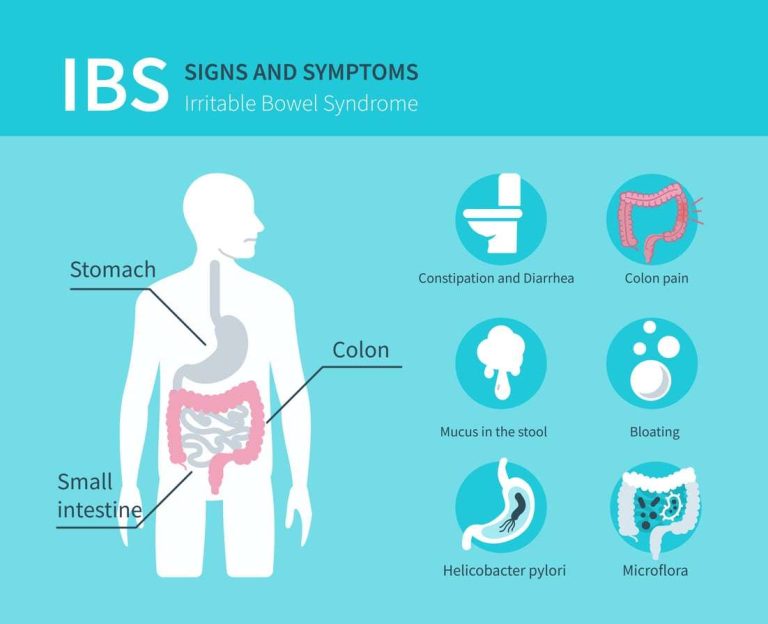Antioxidant Therapies and Radiation Treatment
Antioxidant Therapies Do Not Interfere With Radiation Treatment
Cancer patients can get the vital nutritional benefits from taking antioxidants without the risk of interfering with radiation treatment, according to research findings presented last weekend at the Society of Integrative Oncology’s Third International Conference in Boston. The Society for Integrative Oncology is a non-profit organization of oncologists and other health professionals studying and integrating effective complementary therapies in cancer care. Antioxidant Therapies Do Not Interfere With Radiation Treatment!
The study, Effect of Concomitant Naturopathic Therapies on Clinical Tumor Response to External Beam Radiation Therapy for Prostate Cancer, was conducted by researchers at Cancer Treatment Centers of America and reviewed PSA levels of prostate cancer patients after receiving radiation therapy.
Researchers found no difference between patients taking antioxidants and those who did not. Antioxidants used in the study included green tea extract, melatonin, high-potency multivitamins, vitamin C and vitamin E. Cancer Treatment Centers of America chose this study to address clinical concerns about the use of dietary supplements in conjunction with conventional cancer therapies. The study addressed the concern that antioxidants might interfere with cancer cell oxidation levels that contribute to tumor killing by chemotherapy and radiation therapy.
“This study provides evidence that antioxidants as a complementary therapy in cancer treatment do not interfere with external beam radiation therapy,” said Timothy Birdsall, ND, vice president of integrative medicine for Cancer Treatment Centers of America and lead author of the paper. “Antioxidants are one of many complementary and alternative medicine (CAM) therapies that are crucial in today’s fight against cancer.”
Treating cancer with advanced radiation, chemotherapy and surgery remains the best option for patients medically. But the side effects of these treatments can devastate a patient physically and emotionally. Through a fully integrated whole person care model, combining the best of traditional medicine with scientifically supported complementary and alternative therapies, cancer patients appear to be living a better quality of life.
“In cancer treatment today, we have to look beyond the traditional focus of treating only the tumor,” Birdsall said. “Cancer patients will be the first to tell you that’s not enough. The integrated, whole person approach to cancer is highly valued, so much so that cancer patients and their caregivers are seeking out complementary or alternative therapies on their own.”
More than 80 percent of cancer patients report using some sort of CAM treatments, many of them without medical supervision. Taking supplements without supervision, however, creates a huge patient safety risk. St. John’s Wort, for example, is taken by some cancer patients to help lessen feelings of depression. But St. John’s Wort can interfere with the effectiveness of some forms of chemotherapy, ultimately doing patients more harm than good.
John C. Williams, Jr., a prostate cancer survivor from Reidsville, GA, credits having fully integrated cancer care with helping him get through his cancer treatment. “I didn’t know which was scarier, being diagnosed with cancer or when the doctor told me about the treatments,” Williams said. “The whole person approach at Cancer Treatment Centers of America was my choice because they used nutrition, supplements, physical therapy and other therapies to help me keep my body, mind and spirit strong.”
Taken from: Medical News Today, 14 Nov 2006
One of the best antioxidants to use is A-Lipoic Acid as it is both water and fat soluble.










